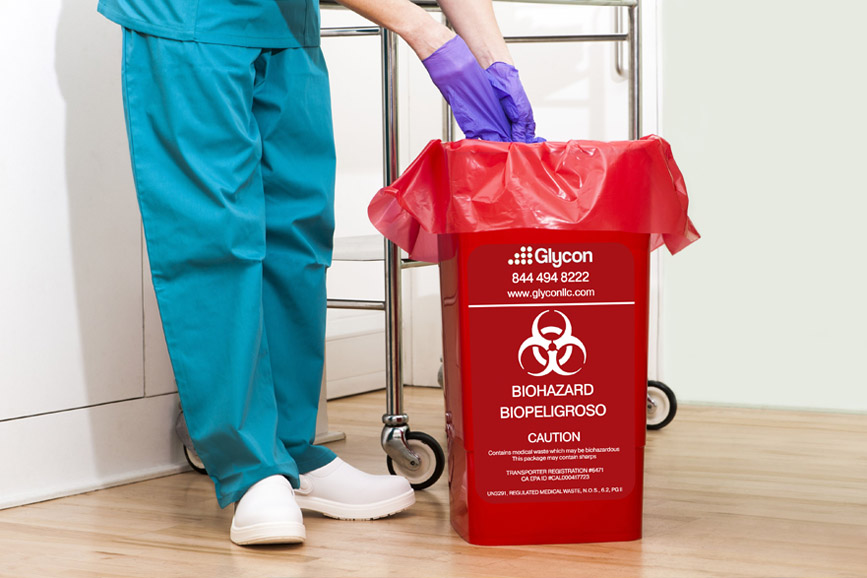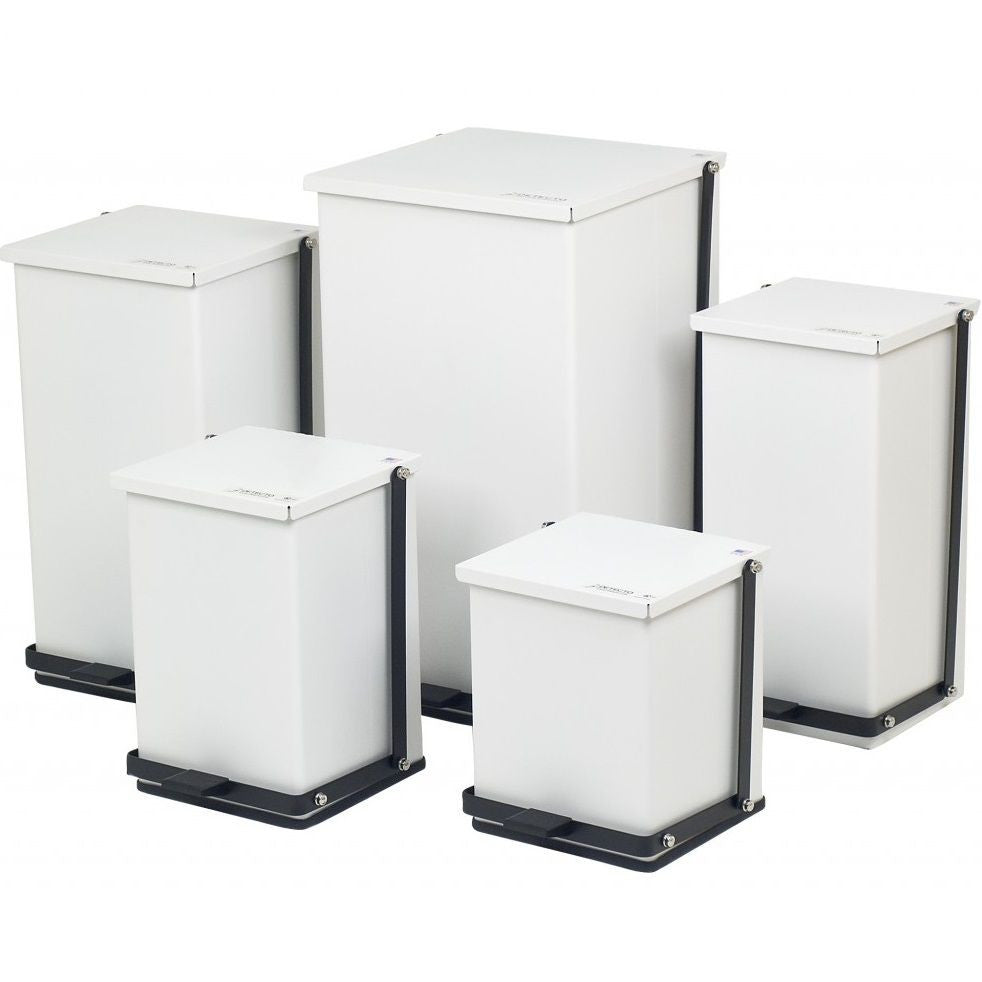Past Cleanup: Ensuring Safety with Professional Medical Waste Removal
Past Cleanup: Ensuring Safety with Professional Medical Waste Removal
Blog Article
Reliable and Environmentally Friendly Medical Garbage Disposal Solutions
In the ever-evolving area of health care, the concern of medical waste disposal stays a subject of vital value. As hospitals, centers, and various other medical care centers aim to supply top quality client care, they have to likewise resolve the difficulty of successfully and responsibly disposing of their waste.
Waste Partition Practices
Effective waste partition methods are vital to ensure the risk-free and appropriate disposal of medical waste. Clinical waste, which consists of products infected with possibly contagious materials, have to be managed in such a way that minimizes the danger of damage to both public health and wellness and the setting. Correct waste partition plays a critical role in attaining this objective.
Waste partition entails the separation of various sorts of waste based on their characteristics and potential risks. This process guarantees that each kind of waste is treated and disposed of appropriately (medical waste disposal services with WasteX). It starts at the factor of generation, where health care facilities must have assigned bins and containers for various waste classifications, such as sharps, infectious waste, pharmaceutical waste, and non-hazardous waste
By setting apart medical waste at the source, health care suppliers can avoid cross-contamination and minimize the danger of exposure to contagious representatives. This practice additionally helps with the recycling and recovery of particular materials. For instance, setting apart and recycling tidy plastics and glass reduces the need for basic materials and decreases the ecological influence of clinical waste disposal.

Autoclaving and Sterilization Techniques
In order to make certain the proper and safe disposal of medical waste following efficient waste segregation methods, medical care facilities should use autoclaving and sanitation techniques. Autoclaving is a widely used approach that makes use of high-pressure heavy steam to decontaminate medical waste.
Another generally made use of sanitation strategy is chemical sterilization. This entails treating the waste with chemicals such as ethylene oxide or hydrogen peroxide, which kill microbes by disrupting their mobile structure. Chemical sterilization is often made use of for heat-sensitive items or materials that can not hold up against the heats of autoclaving. It is important to note that chemical sterilization needs correct handling and disposal of the chemicals utilized, as they can be harmful to human health and the environment if not managed appropriately.
On-Site Waste Therapy Equipments
Medical care centers have applied on-site waste therapy systems to resolve the disposal of clinical waste in a secure and reliable manner. These systems offer a economical and practical option for taking care of clinical waste produced within the facility. On-site waste therapy systems make use of different modern technologies to deal with and get rid of of clinical waste on-site, decreasing the requirement for transport to off-site centers.
One generally utilized on-site waste therapy system is the microwave technology. An additional system is the chemical disinfection modern technology, which includes treating medical waste with chemicals to kill virus and decrease its unsafe nature. medical waste disposal services with WasteX.
They eliminate the danger of clinical waste being mishandled throughout transport, decreasing the potential for contamination and exposure to unsafe materials. On-site treatment systems decrease the overall environmental influence of medical waste by minimizing transport and the requirement for landfill space.
Recycling and Repurposing Campaigns
As health care facilities pursue sustainable waste monitoring techniques, they are progressively discovering recycling and repurposing efforts as a way of reducing the environmental influence of clinical waste. Recycling and repurposing campaigns involve locating ingenious methods to recycle or change medical waste into brand-new products or materials. This not just helps to reduce the volume of waste that winds up in incinerators or landfills but also reduces the intake of raw products and power required for manufacturing brand-new items.
One instance of reusing in the health care sector is the reprocessing of single-use clinical gadgets. These gadgets, such as surgical tools or catheters, are typically thrown out after a solitary use. Advancements in modern technology and strict sanitation procedures have made it feasible to safely tidy, disinfect, and recycle these tools several times. This not only lowers the amount of waste created yet likewise conserves healthcare centers significant expenses associated with buying brand-new gadgets.
An additional reusing effort includes the recycling of plastic containers, such as medication containers or syringe casings. These containers can be collected, arranged, and sent to reusing centers where they are processed, melted down, and transformed right into brand-new plastic products. This assists to preserve sources and reduce the demand for virgin plastic manufacturing.
In addition to recycling, repurposing efforts entail locating alternate usages for medical waste. For example, see post shredded paper waste from clinical documents or product packaging products can be repurposed as bed linens material for pets or as insulation product (medical waste removal). Organic waste such as food scraps from health care centers can be composted and utilized as plant food in yards or farming fields.

Renewable Resource Solutions
One reliable strategy to minimizing the ecological impact of healthcare procedures includes carrying out renewable resource options. Medical care centers, such as healthcare facilities and centers, consume considerable amounts of power for numerous functions, including lighting, home heating, cooling, and running clinical tools. By transitioning to sustainable energy resources, these centers pop over to this web-site can considerably reduce their carbon impact and add to a much more sustainable future.

Executing sustainable power solutions in healthcare centers not only minimizes greenhouse gas exhausts but likewise supplies long-lasting cost Check Out Your URL savings. While the initial investment in renewable energy framework might be greater, the long-term operational expenses of renewable resource systems are considerably reduced compared to typical fossil fuel-based energy resources. Additionally, eco-friendly energy systems are trustworthy and can give a nonstop and secure power supply, ensuring continuous healthcare services also throughout power failures or emergency situations.
Final Thought
In final thought, implementing ecologically pleasant and effective clinical waste disposal services is essential for preserving a sustainable health care system. By adopting waste segregation methods, autoclaving and sterilization methods, on-site waste treatment systems, reusing and repurposing initiatives, and eco-friendly energy options, health care centers can substantially lower their environmental effect.
It starts at the point of generation, where medical care facilities ought to have assigned containers and containers for different waste groups, such as sharps, contagious waste, pharmaceutical waste, and non-hazardous waste.
In order to make certain the secure and correct disposal of clinical waste adhering to effective waste segregation techniques, health care facilities need to employ autoclaving and sanitation strategies.Healthcare facilities have executed on-site waste therapy systems to attend to the disposal of medical waste in a effective and safe way. On-site waste treatment systems use numerous modern technologies to treat and dispose of medical waste on-site, minimizing the requirement for transportation to off-site facilities.
As health care centers aim for sustainable waste monitoring methods, they are increasingly checking out recycling and repurposing efforts as a method of lowering the environmental effect of clinical waste. - medical waste removal services
Report this page